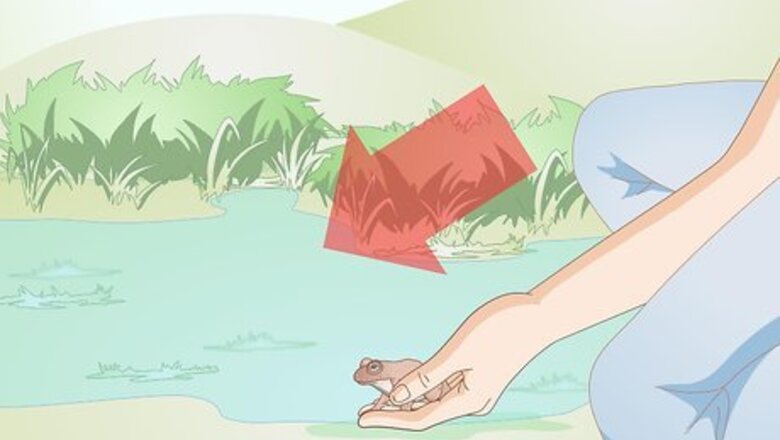
views
Preparing for Hibernation
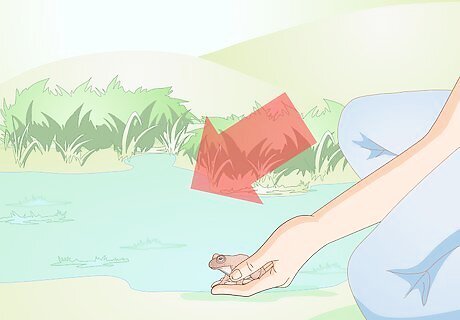
Move wild frogs to a deeper lake or pond. When aquatic frogs begin to hibernate in October, they usually need a lake or pond deep enough to escape the frozen surface. If you come across a frog in the wild that is inhabiting a pond less than 16 inches (40 cm) deep, the water may freeze all the way through due to its shallow depth. If this is the case, you'll need to either move the frog to a lake/pond nearby that won't freeze all the way through, or bring the frog inside your home for the winter. Whether you relocate the frog or bring it indoors will depend on your community (especially whether any ponds/lakes are nearby), as well as your ability to care for a frog over the winter. If you're conflicted on what to do, talk to a local wildlife biologist. Most colleges and universities have wildlife experts, and some high schools may have wildlife biologists as well.
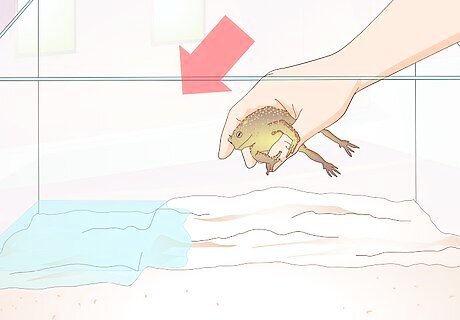
Provide the frog with a suitable indoor environment. If you have a pet frog, or if you've decided to care for a frog over the winter, you'll need to create a comfortable habitat for the frog. For indoor care, a glass aquarium is the best environment you can provide. Make sure your frog has some type of shelter within the aquarium in case it wants to hide, as well as a suitable substrate for digging/burrowing. Consider putting down a bed of gravel in part or all of the aquarium, depending on the type of frog you're caring for. Tree frogs will probably prefer a sterile mix of sand and potting soil. Provide plants in aquatic environments. Frogs that hibernate underwater need to be able to take in adequate oxygen through their skin underwater, which means they'll need lots of photosynthetic plants in the water with them. Some frogs will attempt to eat other frogs. For this reason, it's best to keep frogs of the same size together in the same tank, if you plan on caring for multiple frogs.
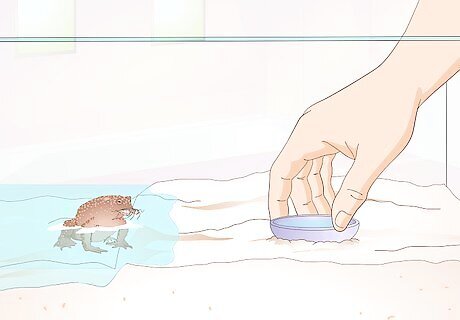
Make sure the frog has food and water. Whether your frog was rescued from the wild or purchased in a pet store, it will need to have its basic needs met. Your frog will need food everyday. It will also need a dish or pool of clean, un-chlorinated water to sit in. Frogs often eat more food than usual to fatten up before hibernation. Make sure your frog has enough food to eat each day to ensure a healthy hibernation period. Frogs typically enjoy insects and slugs, as these are readily available in most habitats frogs naturally live in. You can buy crickets and dechlorination drops at most pet stores.
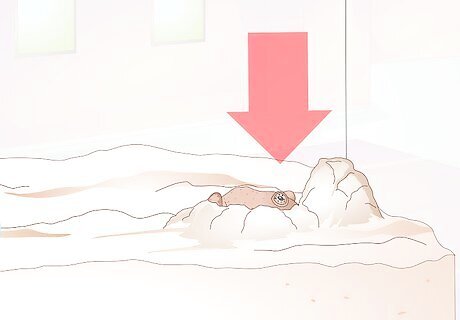
Give the frog a place to hibernate within its tank. Providing your frog with a suitable environment is important, but part of that environment should include a place to hibernate over the winter. Where and how your frog hibernates will depend on the type of frog you're caring for. Tree frogs (including chorus frogs, peepers, and gray tree frogs) typically hibernate on land, often by burying themselves in the soil. These frogs may need a deeper, richer soil substrate for digging and hibernation. Certain tree frogs, like the wood frog and spring peeper, cannot dig in the soil. Instead, these frogs crawl into spaces in cracked logs or rocks, or occasionally bury themselves in leaves on the ground. True frogs (leopard frogs, green frogs, and bullfrogs) usually hibernate in lakes and ponds. These types of frogs will require a larger aquatic environment to hibernate in.
Caring for a Frog During Hibernation
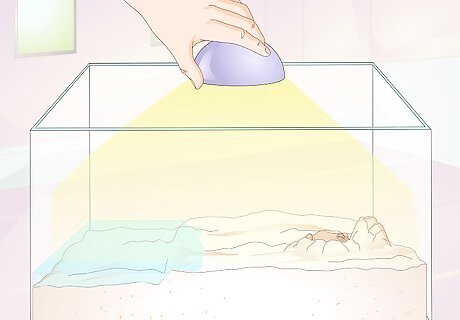
Keep the temperature stable. Depending on the species of frog you're caring for, it may need an overhead heat lamp. Tropical frogs will also require humidity, which means you may need to mist the tank a few times each day and install a hydrometer to monitor the moisture levels. However, most North American amphibians do not need an artificial heat source. Amphibians in the northern United States typically prefer something in the 65 to 75 degrees Fahrenheit (18 to 24 degrees Celsius) range, though you should never exceed 80 degrees Fahrenheit (26.7 degrees Celsius) unless it is a tropical frog species. Tropical frogs like the Argentine Horned Frog and the African Bull Frog typically need temperatures around 80 degrees Fahrenheit (26.7 degrees Celsius) in order to survive. Talk to an amphibian expert at your local pet store to determine what species you're caring for and whether that species needs a heat lamp.
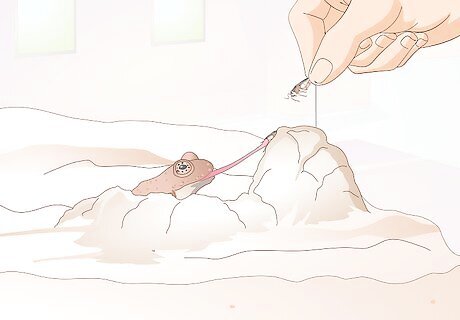
Provide food during hibernation. In the wild, many frogs will abstain from eating while hibernating. However, amphibians in general often come out of hibernation during periods of mild weather, and they typically forage during these periods. Since you're controlling the frog's environment by keeping it indoors, you may want to leave some food nearby, just in case it comes out of hibernation unexpectedly.
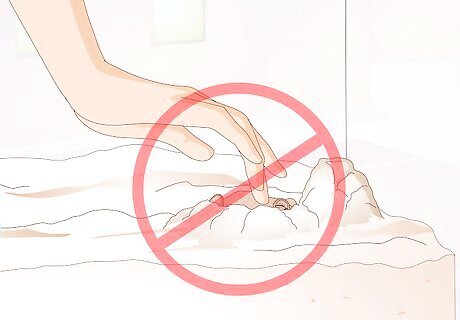
Resist the urge to disturb your frog. Frogs may appear dead during their inactive hibernation period. It's best to leave the frog undisturbed during this time, as disrupting the frog or its environment could startle the frog and disrupt its natural hibernation cycle. Some frogs prefer to hibernate in water. Make sure the water dish in your tank is large enough to accommodate a sitting frog.
Providing Care After the Frog Is Awake
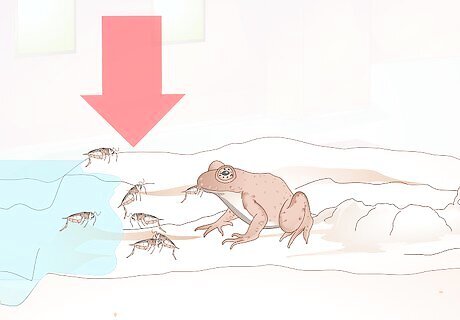
Provide plenty of food to pet frogs. Frogs typically use up the remainder of their fat stores when they first emerge from hibernation, but they'll quickly need to resume their usual diets. Since your frog was overwintering in a more mild environment, it may not have stored up as much fat as frogs in the wild would. Make sure that you give your frog a little extra food in the spring when it first emerges from hibernation.
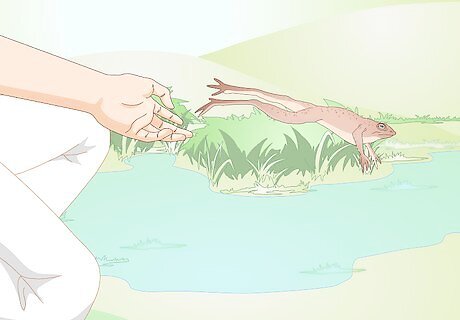
Release wild frogs back into the wild. If you've been caring for a wild frog over the winter, you'll need to release it back into the wild once it comes out of hibernation. Frogs in the wild will seek out mates almost immediately after coming out of hibernation in the spring. Take wild frogs back outdoors and release them near a pond or lake so that they can begin the mating process. Do not release frogs near roadways. Many frogs are hit by vehicles while trying to cross roads during mating season. Release your wild frog as close to a lake or pond as possible, and do not disturb it once you've released it. Don't be alarmed if the frog leaves the pond you return it to. Many frogs will stay away from water until they reach sexual maturity (which usually takes two to three years), and frogs generally stay away from water after breeding.
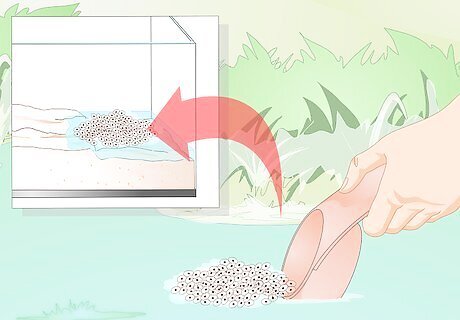
Consider rescuing wild spawn in cold weather. Your frog will most likely survive a cold spell in spring if it's had sufficient food after hibernation. Its spawn, however, may not survive if the weather gets unseasonably cold in the spring. After mating, frogs lay their spawn in shallow water, and those spawn are particularly susceptible to frost. If a cold spell comes on suddenly, you can rescue the spawn from a wild frog by scooping them up in a bucket. Keep them indoors until the weather gets slightly warmer and frost is no longer a factor. When you release the spawn, make sure you do so in the same pond that you rescued them from. Do not attempt to raise spawn. Only take them indoors to save them from a frost, and return them to the wild as soon as possible.













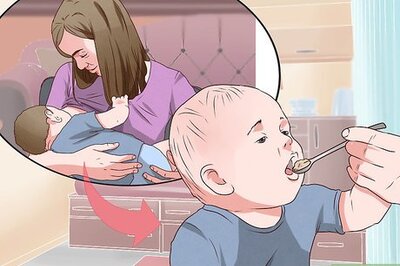
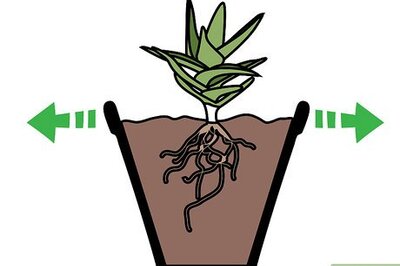




Comments
0 comment